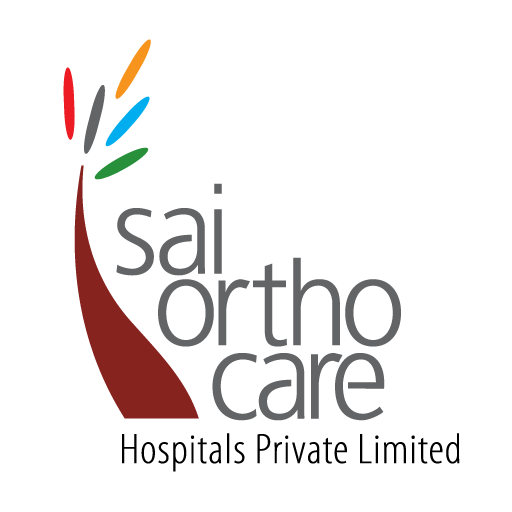de Quervain’s disease is a painful inflammation of tendons in the thumb that extend to the wrist (tenosynovitis). The swollen tendons and their coverings rub against the narrow tunnel through which they pass. The result is pain at the base of the thumb and extending into the lower arm.
What Causes de Quervain’s Disease?
Often, the cause of de Quervain’s disease is unknown, but overuse, a direct blow to the thumb, repetitive grasping, and certain inflammatory conditions such as rheumatoid arthritis can all trigger the disease. Gardening, racquet sports, and various workplace tasks may also aggravate the condition.
Who Gets de Quervain’s Disease?
While anyone can get de Quervain’s, it affects women eight to 10 times more often than men.
What Are the Symptoms of de Quervain’s Disease?
Pain along the back of the thumb, directly over two thumb tendons, is common in de Quervain’s. The condition can occur gradually or suddenly; in either case, the pain may travel into the thumb or up the forearm. Thumb motion may be difficult and painful, particularly when pinching or grasping objects. Some people also experience swelling and pain on the side of the wrist at the base of the thumb. The pain may increase with thumb and wrist motion. Some people feel pain if direct pressure is applied to the area.
How Is de Quervain’s Disease Diagnosed?
The test most frequently used to diagnose de Quervain’s disease is the Finkelstein test. In this test you will make a fist with your thumb placed in your palm. When the wrist is bent toward the outside, the swollen tendons are pulled through the tight space and stretched. If this movement is painful, you may have de Quervain’s disease.
How Is de Quervain’s Disease Treated?
Treatment of de Quervain’s usually involves wearing a splint 24 hours a day for four to six weeks to immobilize the affected area and refraining from any activities that aggravate the condition. Ice may be applied to reduce inflammation. If symptoms continue, we may prescribe anti-inflammatory medication such as naproxen or ibuprofen or may inject the area with steroids to decrease pain and swelling. If de Quervain’s disease does not respond to conservative medical treatment, surgery may be recommended.
Surgical release of the tight covering of the tendon eliminates the friction that causes inflammation, restoring the tendons’ smooth gliding capability.
After surgery, we will recommend an exercise program to strengthen your thumb and wrist. Recovery times vary, depending on your age, general health, and how long the symptoms have been present.
In people whose disease has developed gradually, de Quervain’s is usually more resistant to treatment. For these people, it may take longer to find relief.
De quervains disease is treated in SAI ORTHO CARE which is one and only highly specialized trauma care hospital in T.nagar.
Tags: de Quervain, de Quervain Disease
